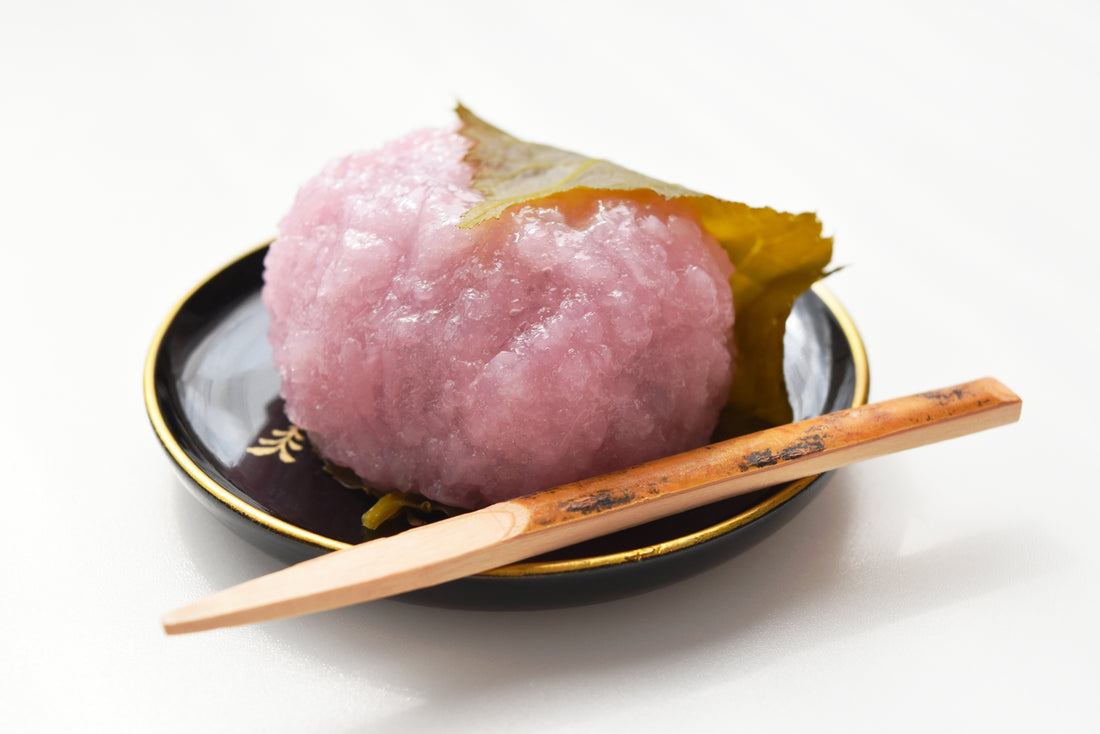Wagashi, Japan's traditional sweets, enjoy popularity not only at home but globally, captivating foreigners with their unique blend of taste and aesthetics. However, many enthusiasts may not fully understand the meanings, classifications, or history behind these delightful treats. This article aims to demystify wagashi by defining what they are and explaining their appeal and essential knowledge.
What is Wagashi?
Defining Wagashi
Wagashi refers to traditional Japanese confections that are strongly tied to the country's four seasons. They offer not only delightful flavors but also serve as a feast for the eyes, symbolizing the changing seasons. This characteristic is one of the many reasons wagashi are admired worldwide.
The History of Wagashi
The history of wagashi is rich with points that connect to their unique characteristics. Initially, wagashi can be traced back to the Yayoi period, with early forms being simple fruits and nuts that served as snacks to satiate hunger. Over time, these evolved significantly:
- The term "wagashi" was first documented in the Fudoki, a Japanese historical record, where they were revered not only as food but also as spiritual offerings that could heal diseases and bring warmth to the body.
Evolution Through the Ages
- Heian Period: Wagashi were used as offerings at the imperial court.
- Kamakura Period: They became popular as accompaniments in the elite tea ceremonies.
- Edo Period: With the increase in sugar imports, wagashi became accessible to the common people, evolving into the delicate treats similar to those we see in Kyoto today.
The Differences Between Wagashi and Western Sweets
Ingredients and Flavor
Wagashi are primarily made from plant-based ingredients like rice, wheat, and beans, generally low in calories but high in carbohydrates due to the use of sugar and starch. In contrast, Western sweets often incorporate animal-based ingredients like eggs, butter, and milk, making them richer and typically higher in fat.
Preparation Methods
Wagashi are traditionally crafted by hand, involving techniques like boiling, kneading, and steaming. Western confections, while also involving skilled pastry chefs, frequently utilize modern appliances like mixers and ovens, allowing for a different scale and scope of production.
Visual Appeal
Wagashi often take inspiration from nature, reflecting Japan’s seasonal changes with motifs from flowers and animals, typically fashioned into small, round shapes. Western sweets, on the other hand, are known for their elaborate decorations using ingredients like whipped cream, offering a broader variety in size and appearance.
Types of Wagashi
Wagashi are categorized based on their moisture content and shelf life:
Fresh Confections (Namagashi)
These contain more than 30% water and include varieties such as mochi (rice cakes) and steamed cakes.
Semi-Dry Confections (Han-Namagashi)
These have water content between 10% and 30% and include treats like Manju (steamed buns) and Yokan (jellied desserts).
Dry Confections (Higashi)
These have less than 10% water content and are long-lasting, making them suitable for storage and as gifts. They include items like Senbei (rice crackers) and dry candies.
Conclusion
This guide offers a glimpse into the enticing world of wagashi, highlighting their cultural significance, deep historical roots, and the joy they bring through their connection to Japanese seasons and craftsmanship. Whether you're a long-time fan or new to Japanese sweets, understanding the depth and variety of wagashi can enhance your appreciation and enjoyment of these culinary works of art. As you explore more, consider trying different types to fully experience the spectrum of flavors and textures that wagashi have to offer.

